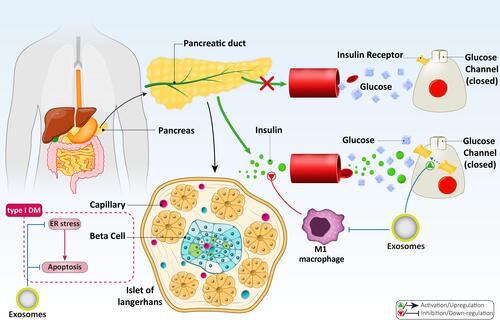Figures & data
Table 1 Various Techniques Applied in Isolation of Exosomes
Figure 1 The biogenesis and secretion of exosomes in cells. The biogenesis of exosomes is started from the endocytic pathway. After the formation of early endosomes, they are transformed into multivesicular bodies, followed by two pathways, including ESCRT-dependent and -independent mechanisms, for further processing of exosomes and their secretion. Then exosomes can affect targeted cell based on their cargo that can be proteins, lipids, and nucleic acids.
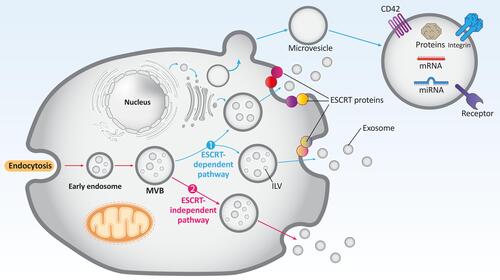
Figure 2 Exosomes in glucose and lipid metabolism as well as regulating β cell function. The exosomes derived from macrophages may contain miRNA-210 and miRNA-530 and are involved in carbohydrate catabolism. The exosomes can increase levels and activities of GLUT1 and GLUT4 to promote glucose uptake and enhance its metabolism in cells. Furthermore, exosomes can enter into β cells to prevent apoptosis and enhance their viability to maintain their capacity in insulin secretion.
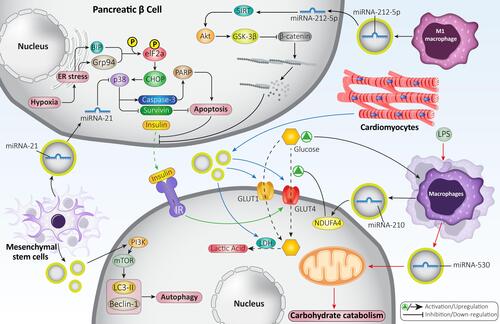
Table 2 Exosomes in Regulating Insulin Resistance, β Cell Function, Glucose, and Lipid Metabolism
Figure 3 Exosomes and insulin resistance/sensitivity in DM. The exosomes demonstrate dual function in DM and can mediate both insulin resistance and sensitivity. For instance, exosomes derived from M1 macrophages can induce insulin resistance and are rich in PI3K and Ptch; on the other hand, exosomes derived from mesenchymal stem cells and hepatocytes induce insulin sensitivity via affecting molecular pathways such as SIRT1 and Akt as well as transferring miRNAs.
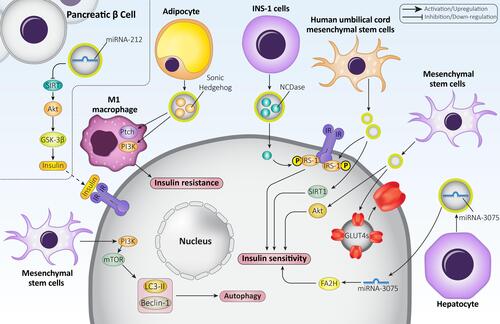
Table 3 The Role of Exosomes in Improving Diabetic Complications
Figure 4 Exosomes and diabetic complications. The various kinds of diabetic complications, including eye disorders, cardiovascular diseases, nephropathy, neuropathy, delayed wound healing, and endothelial dysfunction, can be ameliorated by exosomes. Neuropathy and nephropathy are the most common diabetic complications. Apoptosis, autophagy, angiogenesis, and fibrogenesis are among the most common molecular mechanisms affected by exosomes in alleviating diabetic complications.
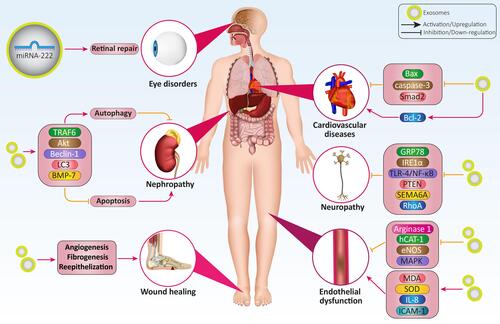
Figure 5 A summary of exosomes and their potential in DM treatment. This schematic demonstrates that glucose and lipid metabolism, viability and survival of β cells, and important molecular mechanisms such as apoptosis and ER stress are tightly regulated by exosomes to provide new insight into the treatment of DM and its complications.
